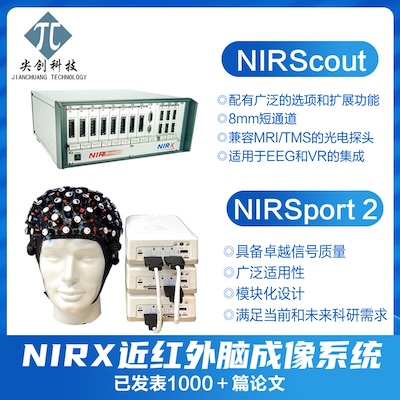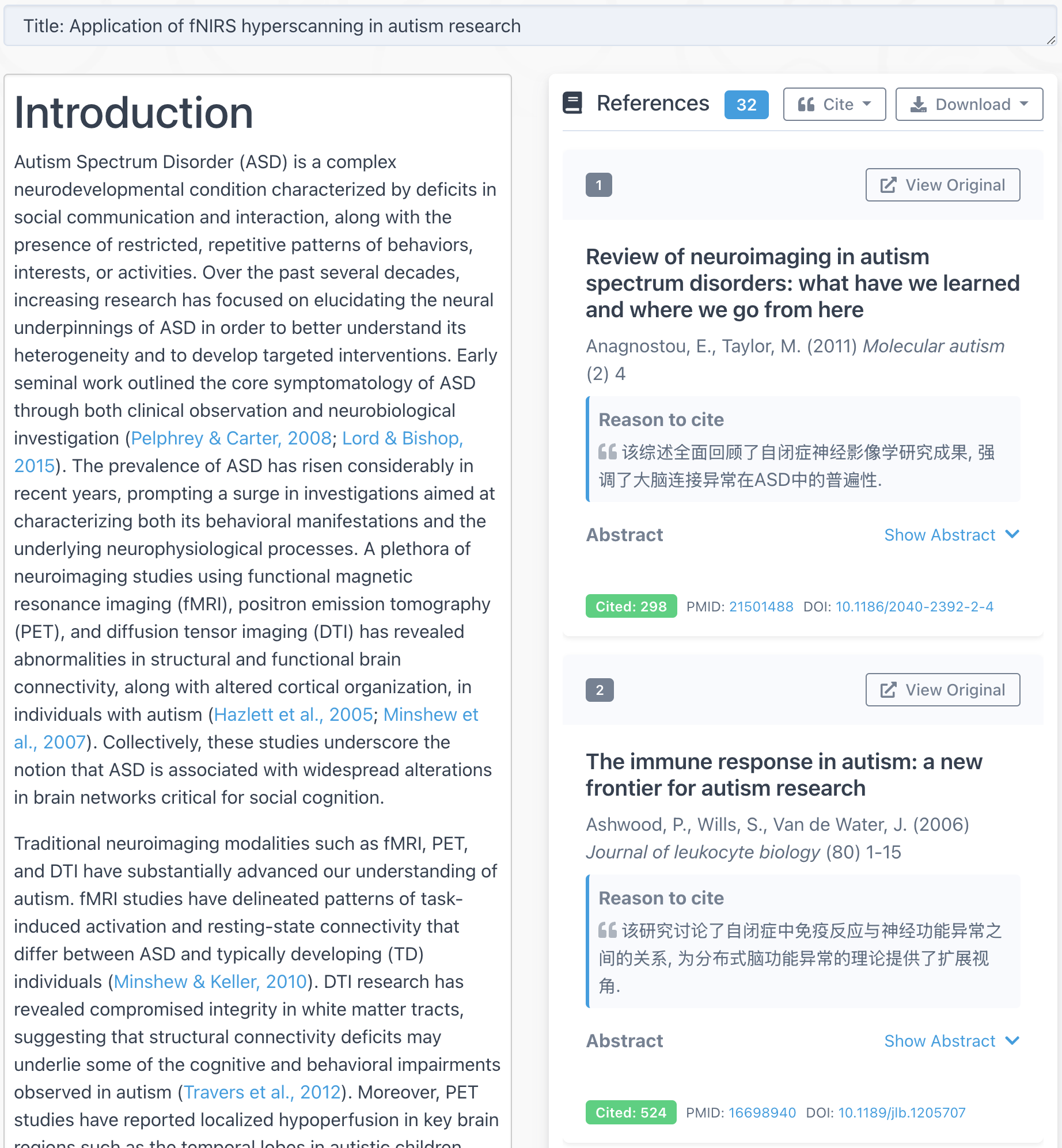10-20 system is a method to localize brain areas. It uses 4 landmarks of head:
1 the nasion which is the point between the forehead and the nose;
2 the inion which is the lowest point of the skull from the back of the head and is normally indicated by a prominent bump.
3 the preaurical point (left and right)
All other points are derived from these landmarks.
All points are denoted with a letter and a number. The letters F, T, C, P and O stand for Frontal, Temporal, Central, Parietal and Occipital respectively. Note that there exists no central lobe, the “C” letter is only used for identification purposes only. A “z” (zero) refers to an electrode placed on the midline. Even numbers (2,4,6,8) refer to electrode positions on the right hemisphere, whereas odd numbers (1,3,5,7) refer to those on the left hemisphere.



